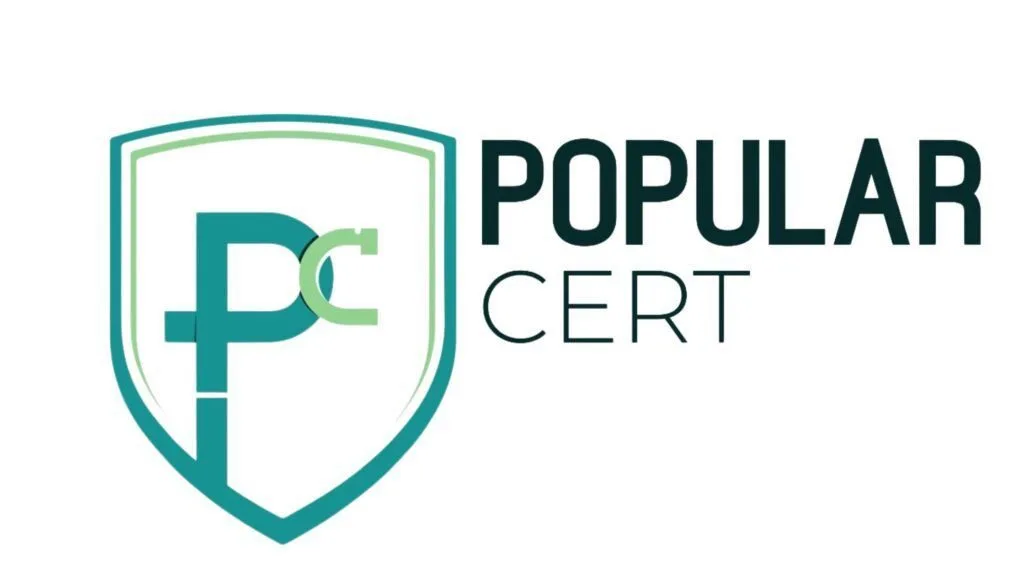ISO 45001 Certification In Riyadh
Get Free Consultation
ISO 45001 certification in Riyadh is crucial for organizations looking to enhance workplace safety and employee well-being. This international standard for Occupational Health and Safety Management Systems (OHSMS) helps businesses identify and manage workplace risks, reduce accidents and comply with local regulations.
PopularCert offers expert ISO 45001 consultation and certification services in Riyadh, helping organizations implement tailored Occupational Health and Safety Management Systems. Our services ensure compliance with ISO 45001, reduce workplace risks, enhance employee safety and improve operational efficiency, fostering a safe working environment while meeting local regulatory requirements.
What is ISO 45001?
ISO 45001 is the internationally recognized standard for Occupational Health and Safety (OH&S) Management Systems. It provides 1 a robust framework for organizations of any size, type, or industry to proactively improve worker safety, minimize workplace risks, and foster a healthier and safer working environment.
The standard emphasizes a systematic approach to identifying hazards, assessing risks, and implementing effective controls to prevent work-related injuries, illnesses, and fatalities. A key component of ISO 45001 is the strong focus on leadership commitment and the active participation of workers in all aspects of the OH&S system.
Why do you need ISO 45001 Certification in Riyadh?
ISO 45001 Certification in Riyadh is essential for organizations committed to ensuring the health, safety, and well-being of their employees. With an increasing focus on workplace safety, both locally and globally, ISO 45001 provides a structured approach to identifying hazards, assessing risks and minimizing occupational injuries or illnesses. In Riyadh, where workplace safety regulations are becoming more stringent, ISO 45001 helps organizations stay compliant with local labor laws and regulations.This certification not only improves the safety culture but also boosts employee morale and productivity, as workers feel more secure in a well-managed environment. Achieving ISO 45001 enhances an organization’s reputation, showcasing a commitment to safety that can attract clients, partners and investors. It also reduces operational disruptions and costs associated with accidents or legal penalties. ISO 45001 certification in Riyadh is a valuable tool for businesses striving to create a safer workplace while aligning with Saudi Arabia’s Vision 2030 goals.
How to Get ISO 45001 Certification in Riyadh?

Process to Get ISO 45001 Certification In Riyadh
Consultation and Gap Analysis
PopularCert’s specialists assess your organization’s specific requirements and existing systems. We conduct a thorough gap analysis to pinpoint areas needing improvement to meet ISO standards.
Planning, Documentation, and Policy Development
Following the gap analysis, we create a customized implementation plan, define resource needs, and assist in developing necessary policies and documentation. These are seamlessly integrated into your current organizational framework.
Training and Awareness
Comprehensive training ensures your team understands ISO requirements and their responsibilities in maintaining the management system effectively.
Internal Audit and Management Review
We perform internal audits to evaluate system effectiveness and address any non-conformities. A management review aligns the system with your organization’s objectives and ISO standards.
External Certification Audit and Certification
Upon successfully completing the external audit conducted by the certification body, your organization will be awarded the ISO 45001 certificate in Riyadh. This certification emphasizes your commitment to occupational health and safety management, ensuring a safer workplace and continuous improvement. It reflects your dedication to meeting international standards, enhancing your credibility and building trust with employees and stakeholders.
The Benefits of ISO 45001 Certification for Organizations in Riyadh
- A safer workplace
- Better health and safety performance
- Improved business efficiency
- Increased Regulatory Compliance
- Reduced accident-related costs
- Lower insurance premiums
- Improved employee relations and morale
- Improved stakeholder confidence
- Strengthened corporate and social responsibility
Types Of ISO Certification In Riyadh
Get Free Consultation
Our Clients
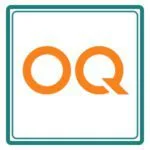

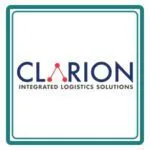
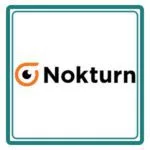








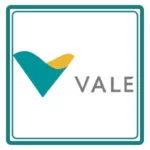





Cost of ISO 45001 Certification:
The cost of ISO 45001 certification in Riyadh varies based on factors like organizational size, complexity, and scope. PopularCert offers competitive pricing tailored to meet your specific needs, including consulting, documentation preparation, and audit fees, ensuring an efficient certification process within your budget.
Get the cost for ISO 45001 Certification in Riyadh today and take the first step towards a safer workplace!
Why Choose PopularCert for ISO 45001 Certification
PopularCert offers expert guidance for ISO 45001 certification, ensuring a seamless and efficient process tailored to your organization’s needs. With industry-specific expertise, we provide end-to-end support, including gap analysis, documentation, and training. Trust PopularCert for cost-effective solutions, timely results, and compliance with global occupational health and safety standards.
Enhance workplace safety with ISO 45001 certification in Riyadh. Discover how to get and apply for ISO 45001 with customized, cost-effective solutions from experienced consultants.
GET A FREE CONSULTATION NOW
FAQs
What is ISO 45001 certification?
ISO 45001 is an international standard for Occupational Health and Safety Management Systems (OHSMS). It helps businesses create a safer workplace by minimizing risks and preventing work-related injuries and illnesses.
Why is ISO 45001 certification important for businesses in Riyadh?
ISO 45001 certification enhances workplace safety, ensures compliance with legal regulations, reduces accident rates, and improves employee well-being, contributing to better productivity and reputation.
How do I apply for ISO 45001 certification in Riyadh?
You can apply by partnering with expert consultants like PopularCert, who assist in system implementation, documentation, and the certification process.
How long does it take to get ISO 45001 certified?
The timeline typically ranges from 3 to 6 months, depending on your organization’s size, readiness, and the complexity of safety processes.
How much does ISO 45001 certification cost in Riyadh?
The cost depends on factors like business size, the complexity of operations, and the certification body chosen. PopularCert provides cost-effective solutions tailored to your needs.
